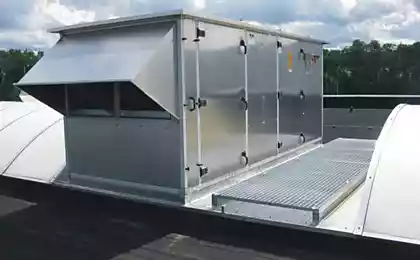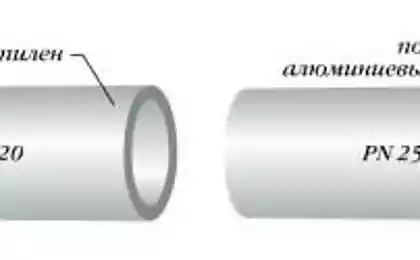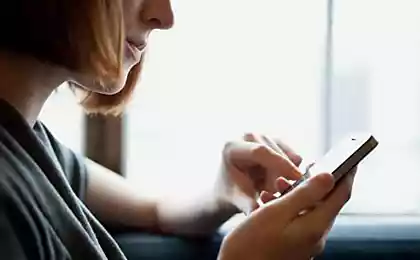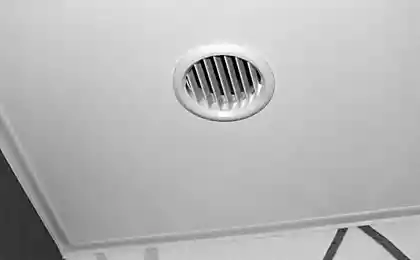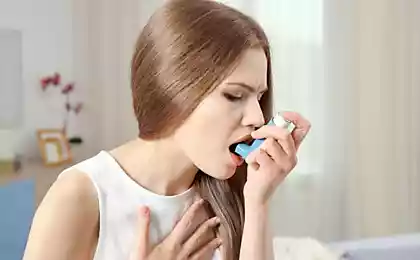738
Supply ventilation SNiP, SP and GOST
Supply ventilation is a ventilation system designed to supply fresh air to rooms. It improves air quality and maintains comfortable living conditions for people. The “inlet” may include filters for air purification, as well as devices for regulating temperature and humidity.
Specialists from the engineering company Qwent spoke in as much detail as possible about supply ventilation (diagrams, calculations, structure, types, etc.), with examples of the implementation of “supply ventilation” at various facilities.

SNIP (Building Norms and Rules) is a set of regulatory documents governing the design, construction and operation of buildings and structures in Russia. They establish mandatory requirements for the safety, reliability, durability and energy efficiency of construction projects. SNiPs are used to ensure quality standards and compliance with building codes at all stages of construction.
GOST (State Standard) is a system of standards developed to ensure the uniformity and quality of products, services and processes in various industries. These standards establish mandatory requirements for product performance, safety and compatibility, as well as testing and inspection methods. GOSTs are used to ensure the quality and safety of goods and services, as well as to facilitate trade and industrial cooperation.
General SNiP, SP and GOST regulating supply ventilation
SP 60.13330.2020 “Heating, ventilation and air conditioning” (updated edition of SNiP 41-01-2003). Defines general requirements for ventilation systems, including supply systems. Establishes standards for air exchange rates for various types of premises. Contains requirements for filtration, heating, cooling and humidification of supply air.
SP 118.13330.2012 “Public buildings and structures” (updated edition of SNiP 05/31/2003 and SNiP 06/31/2009). Contains more detailed requirements for ventilation of public buildings, including supply systems.
GOST 30494-2011 “Residential and public buildings. Microclimate parameters “Sets the permissible values of temperature, humidity and content of harmful substances in the indoor air.
When designing supply ventilation, it is necessary to take into account not only the air exchange rate standards, but also other requirements, such as:
Supply ventilation in a private house must comply with both GOST and SNiP. The main requirements and standards are given below.

Choosing a professional contractor for the design and installation of fresh air ventilation
Selecting a professional contractor for the installation of a ventilation system, including a supply ventilation system, is a key step in ensuring the quality and reliability of the future system. We recommend paying attention to the following aspects:
Conclusion
Following SNiP, SP and GOST when designing and installing supply ventilation is critical to ensure safety, efficiency and comfort in the room. SNiP, SP and GOST standards guarantee air quality, compliance with sanitary standards, fire safety and energy efficiency of the system, which ultimately protects the health of residents and extends the service life of ventilation equipment.
Specialists from the engineering company Qwent spoke in as much detail as possible about supply ventilation (diagrams, calculations, structure, types, etc.), with examples of the implementation of “supply ventilation” at various facilities.

SNIP (Building Norms and Rules) is a set of regulatory documents governing the design, construction and operation of buildings and structures in Russia. They establish mandatory requirements for the safety, reliability, durability and energy efficiency of construction projects. SNiPs are used to ensure quality standards and compliance with building codes at all stages of construction.
GOST (State Standard) is a system of standards developed to ensure the uniformity and quality of products, services and processes in various industries. These standards establish mandatory requirements for product performance, safety and compatibility, as well as testing and inspection methods. GOSTs are used to ensure the quality and safety of goods and services, as well as to facilitate trade and industrial cooperation.
General SNiP, SP and GOST regulating supply ventilation
SP 60.13330.2020 “Heating, ventilation and air conditioning” (updated edition of SNiP 41-01-2003). Defines general requirements for ventilation systems, including supply systems. Establishes standards for air exchange rates for various types of premises. Contains requirements for filtration, heating, cooling and humidification of supply air.
SP 118.13330.2012 “Public buildings and structures” (updated edition of SNiP 05/31/2003 and SNiP 06/31/2009). Contains more detailed requirements for ventilation of public buildings, including supply systems.
GOST 30494-2011 “Residential and public buildings. Microclimate parameters “Sets the permissible values of temperature, humidity and content of harmful substances in the indoor air.
When designing supply ventilation, it is necessary to take into account not only the air exchange rate standards, but also other requirements, such as:
- type and purpose of the premises;
- The number of people in the room;
- released harmful substances;
- humidity and temperature levels.
Supply ventilation in a private house must comply with both GOST and SNiP. The main requirements and standards are given below.
- The volume of fresh air must comply with the standards established by GOST 30494-2011 “Residential and public buildings. Indoor microclimate parameters." For example, the minimum air flow for residential premises is 30 m³/h per person.
- The air must be cleaned of dust and contaminants, which is regulated by GOST 17.2.3.02-78 “Nature conservation. Atmosphere. Rules for monitoring air quality in populated areas.”
- Temperature and humidity must be maintained within the limits established by GOST 30494-2011. Optimal parameters for residential premises: air temperature 20-24°C and relative humidity 30-60%.
- The noise level should not exceed the permissible standards established by GOST 12.1.003-83 “SSBT. Noise. General safety requirements." The noise level from the operation of the ventilation system should not exceed 40 dB in residential premises.
- Energy efficiency must comply with GOST R 51541-99 “Buildings and structures. Method for determining the need for thermal energy for heating, ventilation and hot water supply.”
- SNiP 41-01-2003 “Heating, ventilation and air conditioning” establishes general requirements for the design of ventilation systems, including supply ventilation. In accordance with these standards, the system must provide the required volume of fresh air and remove contaminated air.
- SNiP 01/31/2003 “Residential multi-apartment buildings” regulates ventilation standards for residential premises. According to these standards, the system must provide the air exchange necessary to maintain a healthy microclimate.
- SNiP 21-01-97 “Fire safety of buildings and structures” establishes requirements for ventilation systems in relation to fire safety. Ventilation ducts and equipment must be made of materials that meet fire safety requirements.
- In accordance with SNiP 23-02-2003 “Thermal protection of buildings”, the ventilation system must be designed taking into account energy saving and thermal efficiency.

Choosing a professional contractor for the design and installation of fresh air ventilation
Selecting a professional contractor for the installation of a ventilation system, including a supply ventilation system, is a key step in ensuring the quality and reliability of the future system. We recommend paying attention to the following aspects:
- study the projects that the company has already implemented. This will give an idea of their experience and qualifications;
- ask for reviews from previous clients or read them on specialized websites and forums;
- make sure that the company has all the necessary licenses to carry out work on the design and installation of ventilation systems. Having certifications for the equipment and materials they use is also important;
- find out what technologies and equipment the company uses. automation systems, energy efficient solutions, etc.;
- make sure that the company employs qualified engineers and installers;
- does the contractor provide a full range of services: design, installation, warranty and post-warranty service;
- ask for a detailed estimate that includes all costs, including the cost of materials, equipment and labor;
- the contractor should be prepared to explain all cost items and answer your questions.
Conclusion
Following SNiP, SP and GOST when designing and installing supply ventilation is critical to ensure safety, efficiency and comfort in the room. SNiP, SP and GOST standards guarantee air quality, compliance with sanitary standards, fire safety and energy efficiency of the system, which ultimately protects the health of residents and extends the service life of ventilation equipment.
To get rid of all debts and bring money into the house, never wash this thing without salt.
My wife is talking about having a second child, but I don’t want to go through it again.














